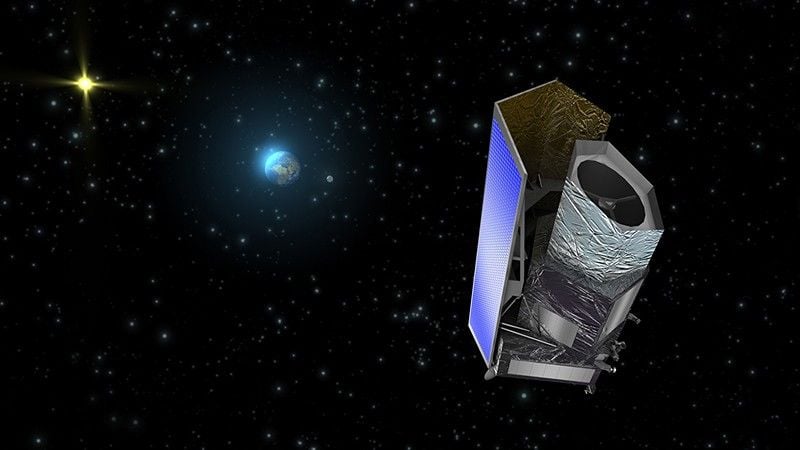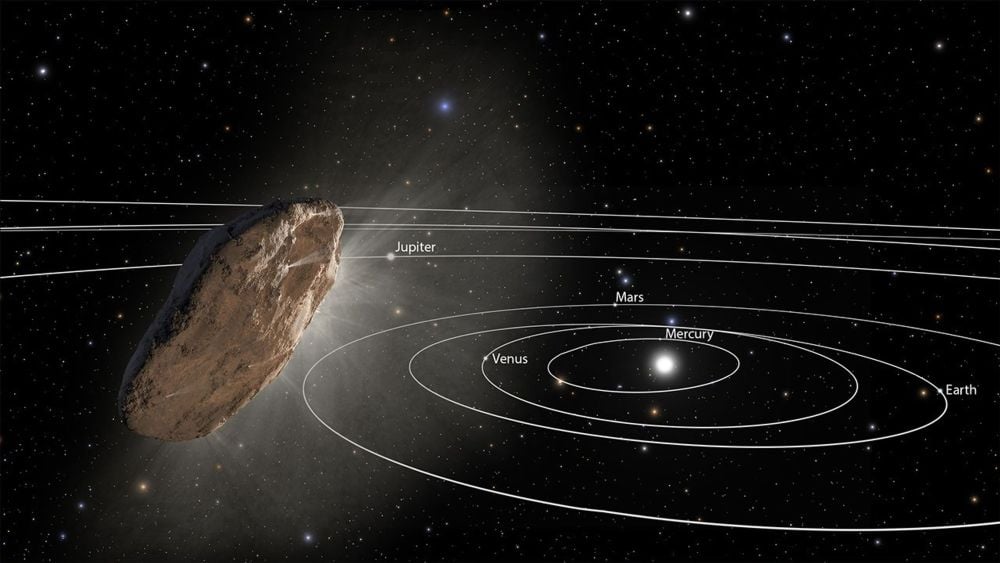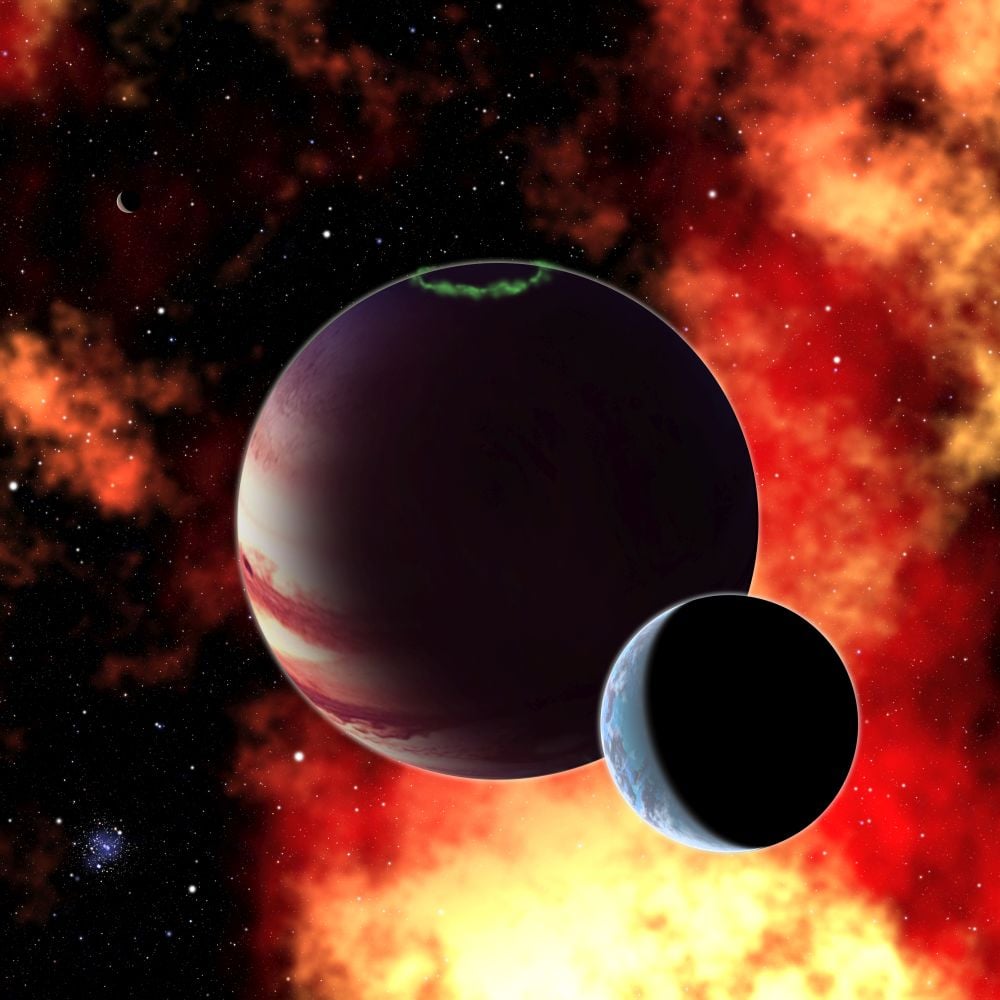The ESA’s ExoMars Trace Gas Orbiter (TGO) recently captured images of streaks formed from a dust avalanche on the slopes of Apollinaris Mons the night before Christmas in 2023. A
Conditions on Venus’s surface have largely remained a mystery for decades. Carl Sagan famously pointed out that people were quick to jump to conclusions, such as that there are dinosaurs
It’s almost become expected that many space telescopes and probes can have “extended missions”. Both Voyagers are still sending data back 40+ years after their 5-year primary mission ended. But
Using its high-resolution camera, China’s Tianwen-1 orbiter has successfully observed the interstellar object 3I/ATLAS at a distance of about 30 million kilometers, according to the China National Space Administration (CNSA).
We’re only starting to awaken to the passage of interstellar objects through our inner Solar System. So far we know of three, but there are bound to be many more.
A new study led by researchers from Oxford University, Southwest Research Institute and the Planetary Science Institute in Tucson, Arizona has provided the first evidence of significant heat flow at
The planets in our Solar System host hundreds of moons, so it seems likely that planets in other solar systems do, too. New research examines the likelihood of rocky planets
After a three-year pause, Icarus, the pioneering project that tracks wildlife from space, is set to resume operations. On 11 November 2025, a rocket is scheduled to carry a satellite
Researchers at McGill University and collaborating institutions have mapped the atmospheric features of a planetary-mass brown dwarf, a type of space object that is neither a star nor a planet,
When a meteoroid shook the edge of Apollinaris Mons on Mars, it triggered streaks that carved a hundred new scratches on the surface. The European Space Agency’s ExoMars Trace Gas
-
 012024 in Review: Highlights from NASA in Silicon Valley
012024 in Review: Highlights from NASA in Silicon Valley -
 02Panasonic Leica Summilux DG 15mm f/1.7 ASPH review
02Panasonic Leica Summilux DG 15mm f/1.7 ASPH review -
 03How New NASA, India Earth Satellite NISAR Will See Earth
03How New NASA, India Earth Satellite NISAR Will See Earth -
 04And Thus Begins A New Year For Life On Earth
04And Thus Begins A New Year For Life On Earth -
 05Astronomy Activation Ambassadors: A New Era
05Astronomy Activation Ambassadors: A New Era -
06SpaceX launch surge helps set new global launch record in 2024
-
 07Space Force plans new ‘Futures Command’ amid pressure to speed up modernization
07Space Force plans new ‘Futures Command’ amid pressure to speed up modernization










